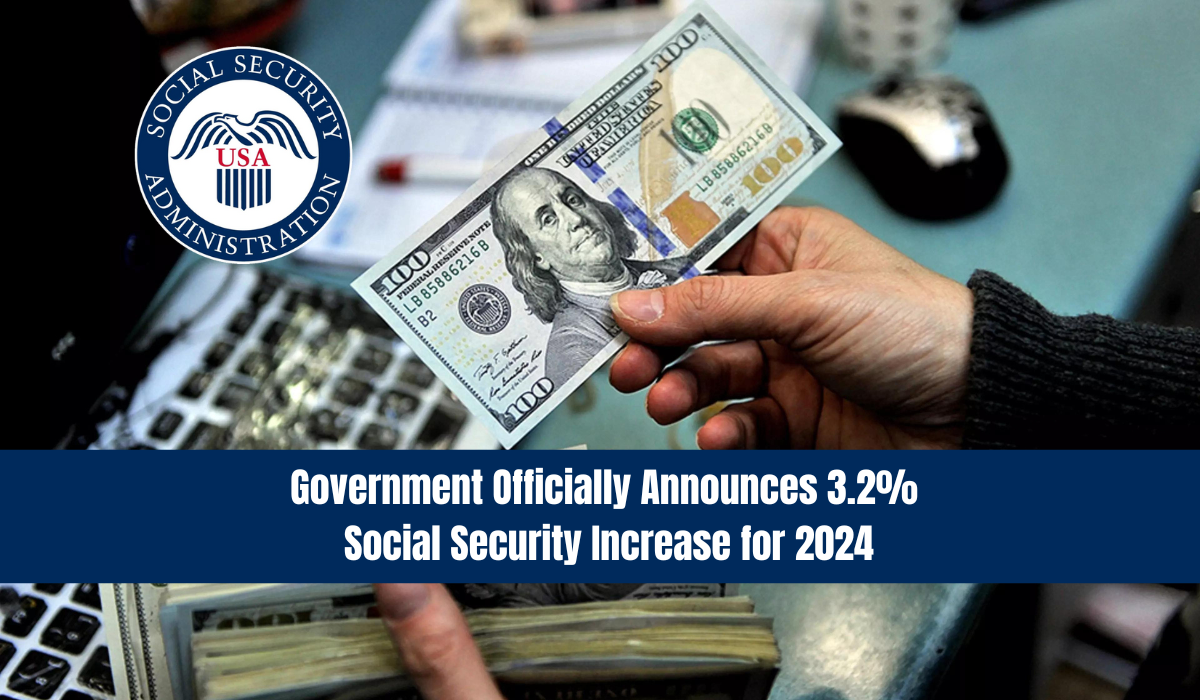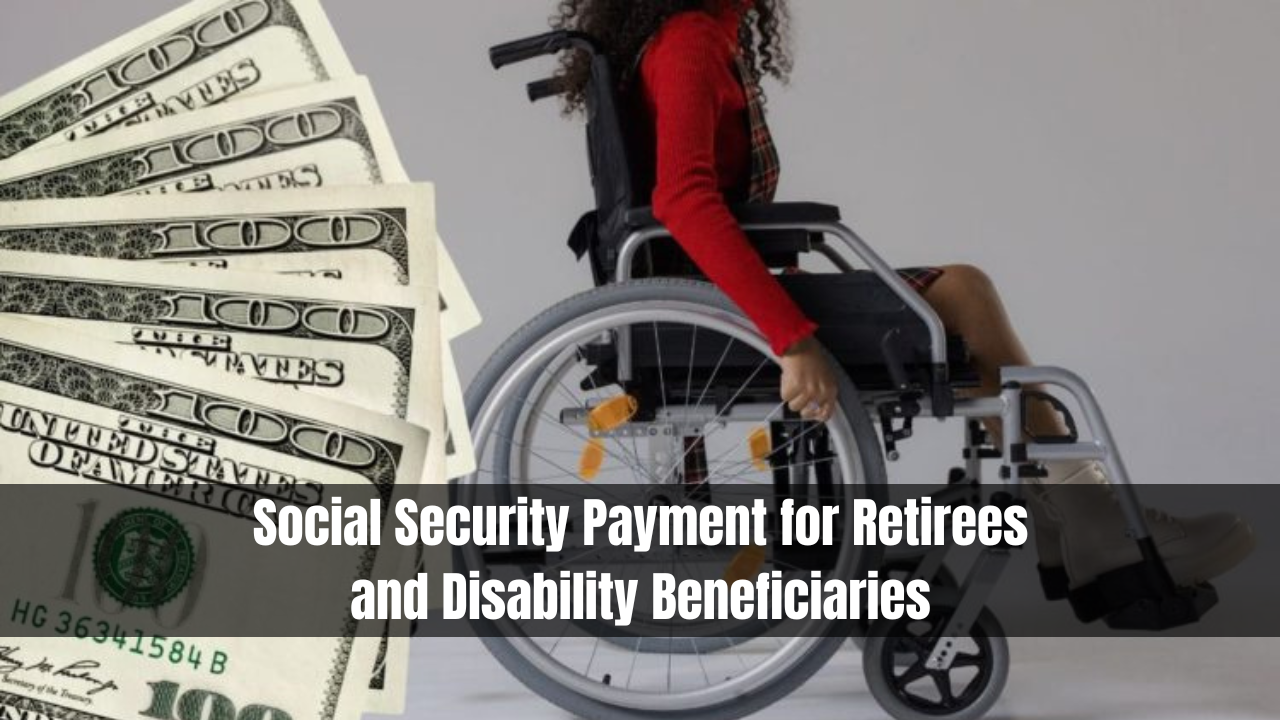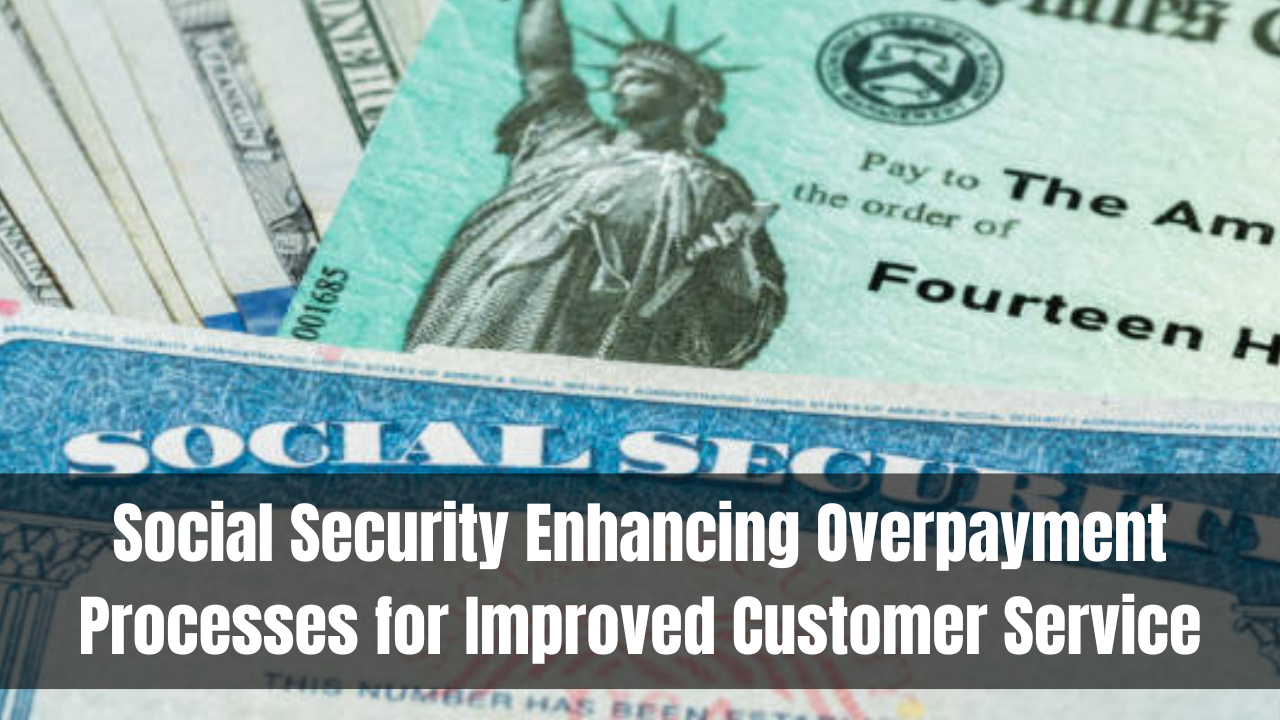A Report Finds That Social Security Rules for Beneficiaries Who Continue To Work Are Poorly Understood. Today Social Security beneficiaries often navigate in and out of the workforce before fully retiring, a practice that triggers a lesser-known rule—the retirement earnings test. This rule, however, is often poorly understood, as revealed by a recent report from the Social Security Advisory Board, an independent federal agency.
Lack of Awareness
Between 20% and 50% of pre-retirees are unaware that their monthly benefits may be reduced if they continue working post-claiming Social Security, the report indicates. Even among those who are cognizant of potential reductions, a mere 30% to 40% are aware of the temporary nature of these deductions. This lack of awareness persists despite efforts by the Social Security Administration to discuss the retirement earnings test with applicants.
The Mechanics of the Retirement Earnings Test
The retirement earnings test primarily applies to Social Security retirement beneficiaries below full retirement age (usually between 66 or 67). If these beneficiaries continue working, their benefits may be reduced by $1 for every $2 earned above a specified threshold. In 2023, this threshold is set at $21,240, rising to $22,320 in 2024. However, the rule changes in the year a beneficiary reaches full retirement age, with $1 deducted for every $3 earned over a separate limit.
Root Causes of Misunderstanding
Despite the Social Security Administration’s policy, discussions about the retirement earnings test often fall through, especially for those who have temporarily stopped working but may return to the workforce. The report suggests that improved communication through the Social Security Administration’s website and related tools could address this gap in understanding.
The Impact on Claiming Behavior
Misunderstandings surrounding the retirement earnings test may lead beneficiaries to delay claiming benefits until full retirement age. While this might seem like a positive outcome, it stems from a lack of comprehension about the test’s actual implications. The Bipartisan Policy Center suggests better communication and potential rule elimination to address labor disincentives.
Redefining Terminology for Clarity
The language used to describe the retirement earnings test could be reconsidered. The Bipartisan Policy Center proposes renaming it to “temporary benefit withholding” to more accurately convey its consequences, potentially alleviating confusion.
Financial Advisor Insights | Navigating the Retirement Earnings Test
Financial advisors sometimes mischaracterize the retirement earnings test as a tax, failing to highlight the future increase in monthly benefits upon reaching full retirement age. Understanding the distinction and reporting projected wages accurately to the Social Security Administration is crucial to avoid unexpected shortfalls during tax season.
Conclusion
Bridging the information gap and enhancing communication can empower beneficiaries to make informed decisions about their Social Security benefits in the face of the retirement earnings test.







